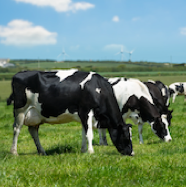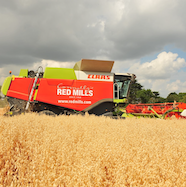Maize Harvesting: Guide on Right Time for Yield & Nutrition Values
Forecasting the expected date of harvest is important in planning the rotation and remaining compliant with regulations. In practice harvest is mainly determined by the variety, the season and the presence of plastic or not.
Maturity of Maize for Harvesting are critical for nutrition values of the maize crop
In summary, when to harvest is very often predetermined by decisions made at time of sowing. Cutting prematurely will severely impact potential dry matter intake, particularly the availability of starch and energy. Poor feed intake, palatability and high acidity all result from maize ensiled before it reaches maturity.
However, leaf diseases such as Eyespot will cause the crop to die back rapidly and in this scenario, early harvest may be the only option.
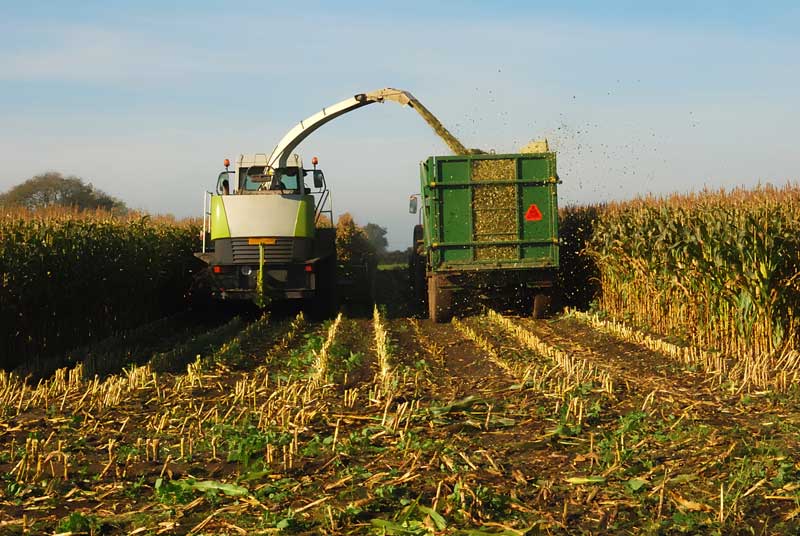
A late maize harvest can impact digestibility and palatability for farm animals
If the crop becomes too dry, feed intake and digestibility can be impaired while harvesting too late will risk frost damage to the grains, causing mould and spoilage once ensiled along with low palatability and poor clamp stability.
Consider the benefits of early maturing varieties of maize
As a rule of thumb, ensure adequate cob maturity with grains at the hard dough/hard ripe stage. Cutting earlier maturing varieties first will enable access to fresh silage, as the crop must be ensiled for up to one month prior to feeding.
Know the risks for later maturity types of maize fodder
Later maturing types can be considered where an early harvest is not critical. One of the biggest areas for concern, is maize crops that are over ripe and dry down to quickly, as this will cause heating and moulding in the pit – it is most commonly caused by growing a variety that may be too early for the site.
In conclusion:
The idea is to harvest the crop at 30-35% DM, when the cob is hard with no liquid oozing when squeezed. It is advised to consult with your local agronomist to assess the maturity of your maize crop.
For more information or assistance, contact the RED MILLS agronomy team.
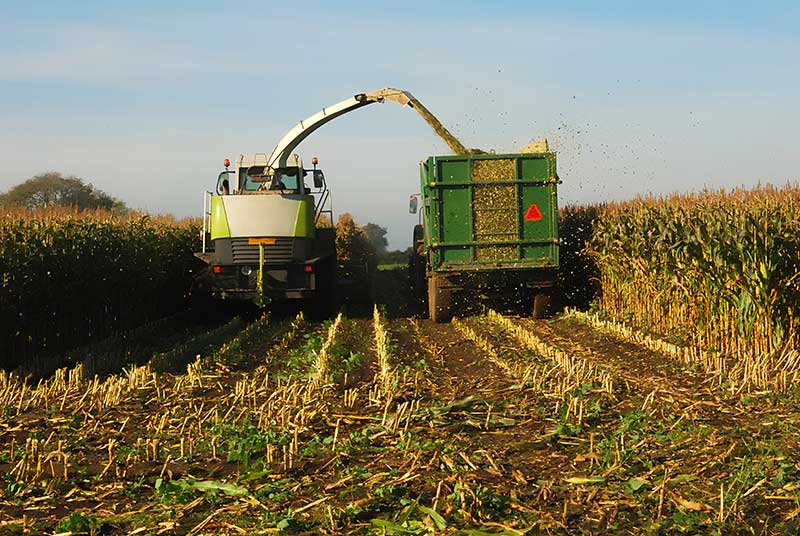

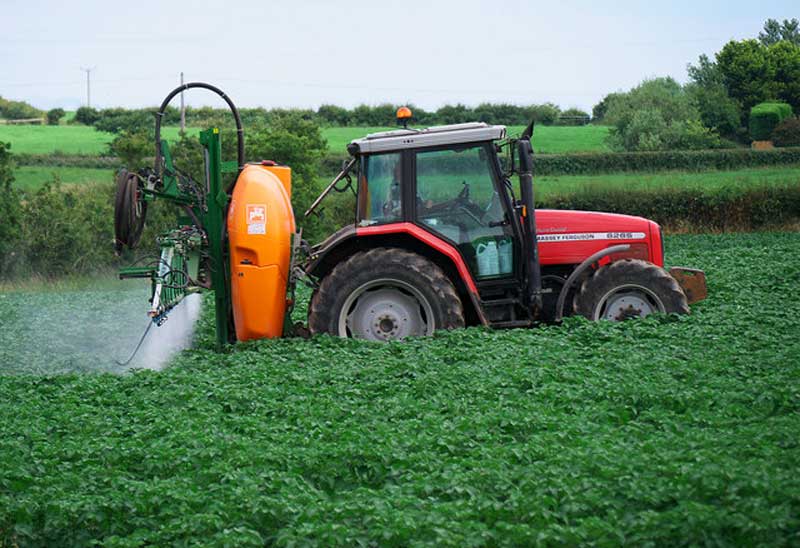
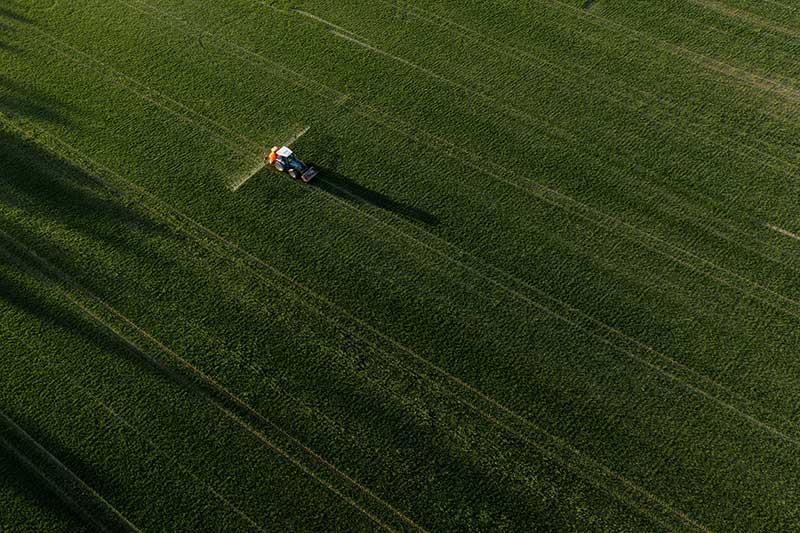


 05
05
